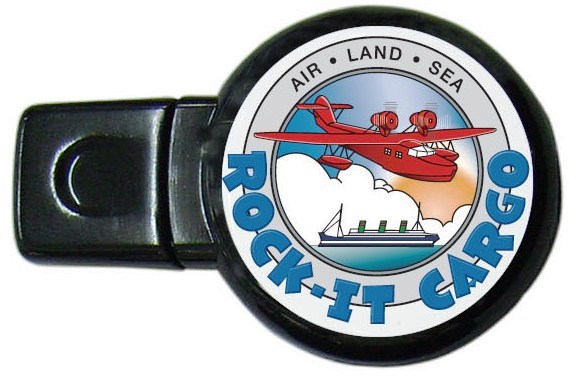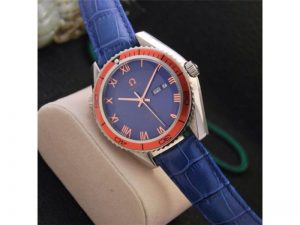
There are many different types of watch bezels that serve many different purposes, the most common of which is the rotary timepiece bezel on a diving replica watch. In costume models, they are usually decorative, aesthetic elements that can come in several different styles. However, on a utility table, a table box is usually used to add an additional, specialized function. 
With a chronograph, you will usually see a tachymeter bezel, marked with units to help drivers measure speed and distance. On the vast majority of GMT watches, there is a rotating bezel engraved with a 24-hour scale that works in conjunction with an additional hour hand to keep track of an additional time zone. While these watches are useful, perhaps the most important is the rotating chronograph ring on the diving watch.
When the rotating bezel was first introduced on dive copy watches by Blancpain in the early 1950s, it was long before the invention of the digital dive computers that you might be familiar with today, with their ability to measure everything from depth to the necessary decompression stops.
However, back in the early days of scuba diving, a simple but foolproof system to record how long a diver had been underwater was to use a reliable and better water-resistant dive watch to measure elapsed time. Even in the modern era, a well-made and dependable mechanical timepiece is the great backup to the electronic wizardry of dive computers, with no batteries to die out and a waterproof case that is massively robust.
So how do fake watches work? There is a long list of requirements that a timepiece must possess before it can officially qualify as a dive watch, and some form of elapsed time indicator is one of them. The rotating bezel, engraved with 60-minute markings, is about the most rudimentary and straightforward method that has ever devised.
Just before the original descent, the wearer turns the bezel so the 12 o’clock indicator (usually conspicuous in some way, maybe by the use of a luminous pip) aligns with the minute hand. After that, it is just a matter of reading off where that hand is in relation to the bezel as it continues its way around the dial during the dive.
Therefore, if the minute hand is pointing to the 20-marking on the bezel, then the wearer has spent 20 minutes underwater. While the design and execution are simple, a rotating timing panel allows the diver to do no calculations in his or her head because there are so many other things to consider when diving, which is certainly a good thing.